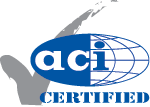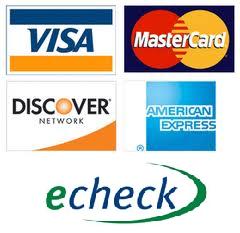612-470-8575
Thinking of Buying or Selling? We have top real estate partners nationwide! Reach out first for expert guidance and a home value report. Click the "Request a Quote" Button to connect!
Concrete Sealer
Concrete Sealer Benefits:
- Protects against wear
- Minimizes water from penetrating the concrete - Since the surface of concrete is porous, a non-sealed surface will allow water into the concrete. When the water freezes (as it does in colder climates) the water will expand and possibly cause damage to the concrete. Siloxane sealer prevents water from penetrating and is the most recommended sealer for driveways in climates that have a freeze-thaw cycle.
- Blocks penetration of dirt, oil, grease, stains and chemicals - This will make the concrete easier to clean and maintain.
- Adds a sheen to the surface - Ranging from satin to high gloss (like paint), but matte sealers are available if this isn't desired.
- Enriches the color of decorative concrete. Pictured below - half-sealed, stamped and colored concrete patio:

- Reduces the chance of efflorescence (this is salts in the concrete coming to the surface and causing white blotches
Types of Concrete Sealers:
- Acrylic Sealer - The easiest to apply and the most economical sealer. It is available as both a solvent and water-based. Water-based sealers are typically used for interior concrete projects because they do not have fumes like the solvent-based sealers. Acrylics are much thinner than the other types of sealers, so it will wear faster and need to be re-sealed sooner.
- Polyurethane Sealer - Also available as water or solvent-based. This sealer is twice as thick as an acrylic sealer so it provides better protection against de-icers (salt). This is a great option for exterior projects.Polyurethanes are moisture-intolerant until they cure, so if there is any water on the surface when the sealer is applied, it will start foaming. In this case, you'll need a seal stripper to remove and start again after the concrete is dry. Water-based polyurethanes are a nice option for interior projects because there are no fumes, they are easy to apply, and durable.
- Epoxy Sealer - Epoxies are like the urethanes, but they are available in clear-pigmented and color options. The polyurethane sealers and acrylics don't have a color option. Epoxies have a tendency to "yellow" because of the UV (ultraviolet ray) exposure. Therefore, they should be limited to interior applications. Epoxies are the hardest to apply because they're sticky.
- Siloxane Sealer (Water Repellent)- This is a deep-penetrating, water-repellant. It's most needed in climates with a freeze-thaw cycle and on surfaces that are used for automobiles such as driveways.
DIY Sealing for acrylic applications
How To Seal Concrete with siloxane water repellent.
If you live in the Minneapolis and surrounding suburbs area, request a quote on your project.
License # BC721668





New! Comments
Have your say about what you just read! Leave me a comment in the box below.